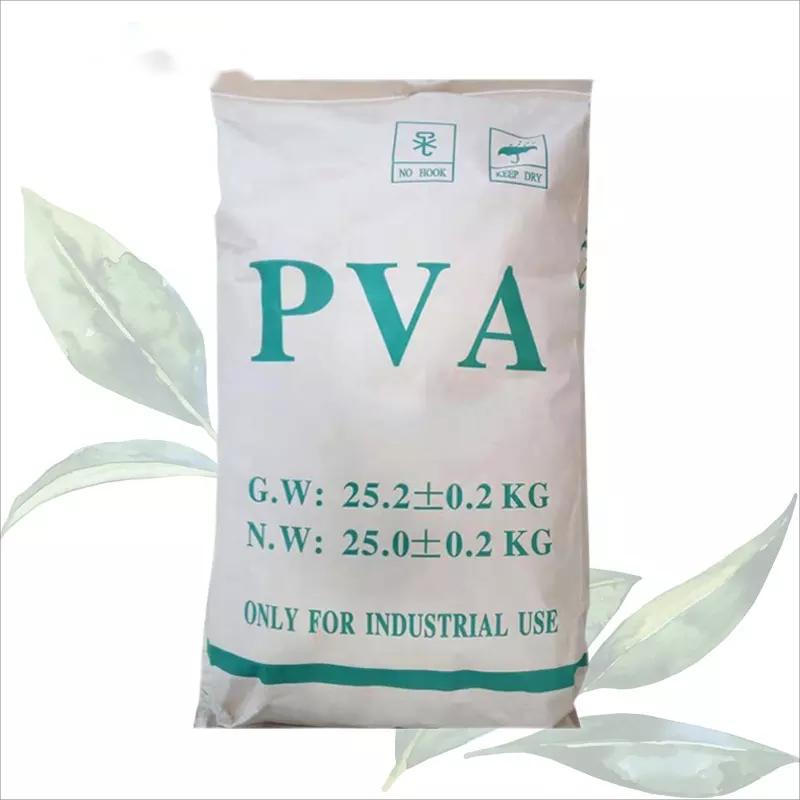Understanding Wall Putty RDP Powder A Modern Solution for Smooth Surfaces
In the world of construction and interior design, achieving a flawless finish on walls is a critical endeavor. One of the innovative materials making waves in this sector is wall putty, specifically those containing Redispersible Polymer Powder (RDP). This article explores the significance, benefits, and applications of wall putty RDP powder, and how it can be a game-changer for both builders and decorators.
What is Wall Putty?
Wall putty is a white cement-based material used to create a smooth surface on walls before painting or applying other finishes. It serves as a preparatory layer that not only enhances aesthetics but also improves the durability and longevity of the wall. Wall putty fills small cracks and imperfections, providing a uniform base for subsequent layers of paint or texture.
The Role of Redispersible Polymer Powder
Redispersible Polymer Powder is an integral additive used in wall putty formulations. RDP is produced by spray-drying polymer emulsions, and it acts as a binder that enhances the properties of the putty. This polymer powder offers a range of benefits that elevate the performance of traditional wall putty.
1. Improved Adhesion
One of the primary advantages of using RDP in wall putty is its ability to improve adhesion to various substrates. Whether it’s cement, brick, or plaster, wall putty with RDP maintains a strong bond, which is crucial for preventing delamination and ensuring the longevity of the finish.
2. Flexibility and Resistance to Cracking
Walls are subject to environmental changes and stress that can cause them to crack. RDP imparts flexibility to wall putty, allowing it to withstand structural movement without losing integrity. This flexibility is vital in areas prone to temperature fluctuations or seismic activity, where traditional putties may fail.
wall putty rdp powder

3. Water Resistance
By incorporating RDP, wall putty can exhibit enhanced water resistance. This feature makes it an ideal choice for humid environments or areas exposed to water, such as kitchens and bathrooms. The improved water resistance reduces the risk of mold and mildew growth, contributing to healthier indoor air quality.
4. Workability and Application
Wall putty containing RDP is easier to work with than its traditional counterparts. The improved consistency allows for smoother application, whether by trowel, spray, or roller. This ease of use is particularly beneficial for professional painters and DIY enthusiasts alike, reducing labor time and effort.
Applications of Wall Putty RDP Powder
The versatility of wall putty RDP powder makes it suitable for numerous applications
- Interior Walls It is primarily used to prepare interior walls for painting, ensuring a clean and smooth finish that enhances the final appearance. - Exterior Surfaces RDP-based putties can also be used on exterior surfaces, effectively protecting them from weather elements while providing an aesthetically pleasing look. - Repairs and Renovations When it comes to repairing damaged walls, RDP-containing wall putty fills cracks and holes effectively, making it an excellent choice for renovation projects. - Texturing Some applicators use wall putty RDP powder to create textured finishes that add character and depth to walls and ceilings.
Conclusion
In conclusion, wall putty RDP powder stands out as a modern solution for achieving smooth, durable surfaces in both residential and commercial settings. Its enhanced adhesion, flexibility, water resistance, and ease of application make it an essential component of contemporary wall finishing techniques. For builders, architects, and homeowners aiming for high-quality finishes, the integration of wall putty with RDP is a smart choice that promises lasting beauty and performance. As the construction industry continues to evolve, materials like wall putty RDP powder will undoubtedly play a fundamental role in shaping the spaces where we live and work.
-
Rdp Powder: Key Considerations for Wholesalers in the Building Materials IndustryNewsJul.08,2025
-
Key Considerations for Wholesalers: Navigating the World of Hpmc - Based ProductsNewsJul.08,2025
-
Hpmc Detergent: Key Considerations for WholesalersNewsJul.08,2025
-
Key Considerations for Wholesalers: China Hpmc For Tile Adhesive, Coating Additives, Concrete Additives, and MoreNewsJul.08,2025
-
Crucial Considerations for Wholesalers: Navigating the World of Construction MaterialsNewsJul.08,2025
-
Key Considerations for Wholesalers Sourcing Additive For Cement, Additive For Concrete, Additive For Putty from Additive Manufacturer Shijiazhuang Gaocheng District Yongfeng Cellulose Co., Ltd.NewsJul.08,2025




